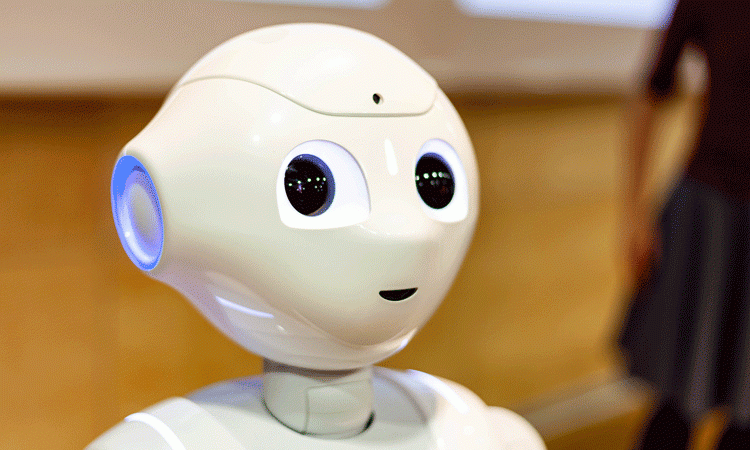Humanoid robots begin operating in Christchurch Airport’s terminal
- Like
- Digg
- Del
- Tumblr
- VKontakte
- Buffer
- Love This
- Odnoklassniki
- Meneame
- Blogger
- Amazon
- Yahoo Mail
- Gmail
- AOL
- Newsvine
- HackerNews
- Evernote
- MySpace
- Mail.ru
- Viadeo
- Line
- Comments
- Yummly
- SMS
- Viber
- Telegram
- Subscribe
- Skype
- Facebook Messenger
- Kakao
- LiveJournal
- Yammer
- Edgar
- Fintel
- Mix
- Instapaper
- Copy Link
Posted: 14 October 2019 | International Airport Review | No comments yet
Technologies such as humanoid robots, autonomous shuttles and virtual reality are all being trialled at Christchurch Airport.


Robot Pepper has been added to Christchurch Airport’s study of disruptive technologies, alongside the autonomous smart shuttle and virtual reality training for its fire service.
Airport Chief Executive, Malcolm Johns, said three Pepper robots have been tested at the airport by staff, but one is now about to begin operating in the terminal.
“We want to understand robots to consider what they can and might do to assist us and our airport visitors,” Johns said. “We are interested to see what people think and feel about interacting with a robot and what information they get and might like from it.
“Pepper is our first step in that direction and what I hope is the first of many robotic innovations people will see here over the next 10 to 20 years.”
At the same time, another Pepper will be put through its paces with University of Canterbury’s (UC) Human Interface Technology Lab NZ (HIT Lab NZ), in a continuation of the collaboration between the airport and the university.
“We are lending the HIT Lab a Pepper for students to understand and suggest how it could enhance our customers’ journeys,” said Airport Manager of Digital Solutions and Data Technology, Art Martinson. “Pepper is a robot designed to interact with humans. It is 120cm tall, can recognise faces and basic human emotions, respond to requests made on the touchscreen on its chest and hold a conversation. At the moment, topics of conversation are limited, but growing all the time.”
Professor Rob Lindeman, Director of HIT Lab NZ, is UC project lead for exploring Pepper’s capabilities and programming the humanoid robot to interact most effectively with visitors at the airport.
“We are very excited to bring our deep knowledge and understanding of user engagement with technology to work on this fun project. It’s great to have such a forward-looking neighbour that is willing to embrace new technologies and explore how we can transform public understanding and acceptance of technology such as robots.”
From today, Pepper is in the Digital Innovation Zone on the first floor of the airport terminal for a few hours each Monday to Friday.
Johns said: “We will observe how it interacts with our visitors to the airport. Pepper will have a minder paying close attention to what happens when it makes new friends. The robot gets ‘tired’ after a day’s learning, so some visitors will see it re-charging behind glass alongside information to help people understand what is happening.”
Related topics
Artificial intelligence (AI), Augmented reality (AR)/ Virtual reality (VR), Information technology (IT), New technologies, Terminal operations


















